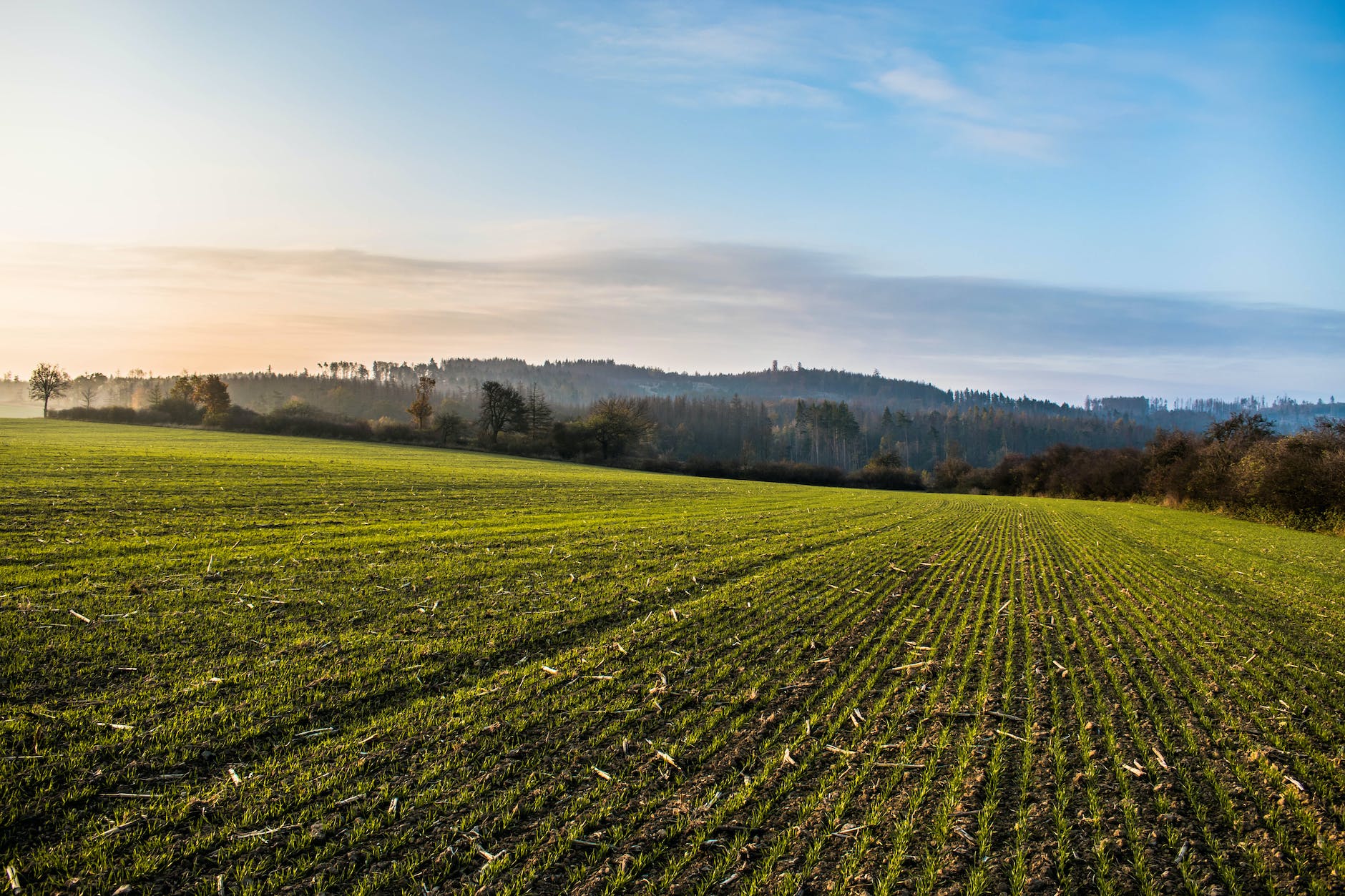Many aspire to have a lush, flourishing lawn made of freshly sowed grass seed. The procedure promises a cost-effective way to turn your outside area into a lush green retreat. But perfecting the art of adequate watering is the key to releasing this change. Understanding the subtleties of watering techniques and strategies is essential to the success of new grass seed and your lawn.
This comprehensive guide delves into nurturing new grass seeds, addressing the watering challenges that often arise, and providing invaluable insights on ensuring the best possible growth outcomes. Whether you’re a seasoned gardener or a novice embarking on your green journey, grasping the essentials of adequate watering will be your compass to cultivating a thriving and resilient lawn. So, if you’re wondering how to water new grass seed for optimal growth, you’re in the right place to discover expert tips and strategies that will lead you toward a lush and vibrant lawn.
Water Too Much or Too Little?
Watering new grass seed requires finding the right balance – not too much or too little. Overwatering or underwatering are common mistakes that can hinder successful germination and growth. If there is insufficient water, seeds may not sprout or could dry out and perish. Conversely, excessive moisture can lead to root drowning and harm young plants.
So, how much should you be watering your new grass seed?
A general rule of thumb is to keep the soil moist but not saturated. You must water frequently during the first few weeks after planting until the grass has established strong roots.
How Often to Water?
To maintain consistent moisture levels in the soil, you may need to water up to three times per day, initially for 10-20 minutes at each session, using an automated sprinkler system. It’s important to ensure that your sprinkler system is well-maintained for optimum efficiency; scheduling sprinkler repair if necessary. During conditions where more rain falls than anticipated, reduce this frequency accordingly to avoid flooding fledgling roots, becoming over-saturated.
After three weeks since initial growth occurred (or earlier if newly formed blades are about 1/2 an inch tall), reduce irrigation rates weekly as long as the weather forecast confirms supplemental moisture will happen naturally.
When beginning with newly planted ground areas, monitoring the hydration frequency and ensuring that no puddles form around the seeding beds during the initial setup is crucial. Puddles can indicate that dry areas beneath the soil surface need sufficient moisture, even if diligent watering routines are carried out on the surface. This might occur due to voids or holes in the soil, preventing proper direct saturation.
What Time of Day to Water?
Determining the ideal time of day to water your new grass seed is crucial for its successful growth. Optimal watering times are early in the morning or late in the afternoon, preferably just before sunset. These timeframes allow the water to be effectively absorbed by the soil without being lost to evaporation caused by the heat of the midday sun.
Avoiding midday watering is essential. During these hours, the higher temperatures can lead to swift evaporation, resulting in the loss of valuable moisture. This, in turn, might necessitate additional watering later on to compensate for the earlier evaporation. Choosing the right time to water ensures that your new grass seed receives the necessary moisture for healthy development and minimizes water wastage.
How Much Water is Enough?
When irrigating any section of the lawn, including newly seeded areas, avoiding under-watering and flooding is essential. Achieving good coverage over the entire seeding area is crucial. This can be done by evenly spreading the sprinkler heads from hose connections and covering up and down-slope surfaces.
A convenient method to determine the amount of water you’re providing for your new grass seed is by placing an empty tuna can on the soil surface within the range of the broadcasted irrigation. Then, how long does the can take to fill up with 1 inch of water depth? This method ensures accurate measurements and proper gauging of water amounts, thereby minimizing overall wastage at the same time.
The Grow-In Phase
During the grow-in phase, it’s crucial to remain vigilant for potential issues that could arise, such as fungal infections or other diseases that might target immature plants, especially during cooler and cloudier weather conditions. These issues can be exacerbated by excessive moisture. It’s essential to manage periodic watering schedules, trim excessive growth, and use fertilizers sparingly. This approach prevents stifling the natural potential for flourishing and flowering, mainly when experimenting with new crop types, such as changing strains.
In due time, your lawn will start to fill in, creating its own ecosystem where diverse flora thrives amidst the rich organic nutrients provided daily through mulch routines. Adopting practices like leaving freshly cut lawn debris behind after mowing instead of carting it away and redistributing it across the property contributes to a healthy approach. This strategy reflects thoughtful land stewardship activities that gradually evolve into regular practice habits, setting an example for the next generation of learners to follow and appreciate.
Wrapping Up
In cultivating a beautiful lawn, the virtues of time and patience cannot be overstated. Central to this endeavour is the art of proper watering, a fundamental practice that ensures healthy and robust root systems for your new grass seed. This foundation not only fuels current growth but also safeguards against potential issues in the future.
By adhering to the guidelines provided and maintaining a vigilant approach to moisture levels, adapting to environmental fluctuations, and judiciously applying fertilizers, you’re setting the stage for a thriving lawn. As you attentively monitor weather patterns and their potential impacts during development, you are poised to foster an environment where your grass flourishes. Through the implementation of effective irrigation routines, the fruits of your labour will manifest in a lush, verdant landscape that harmonizes seamlessly with your outdoor living space, offering a visual delight and a testament to your dedication.

